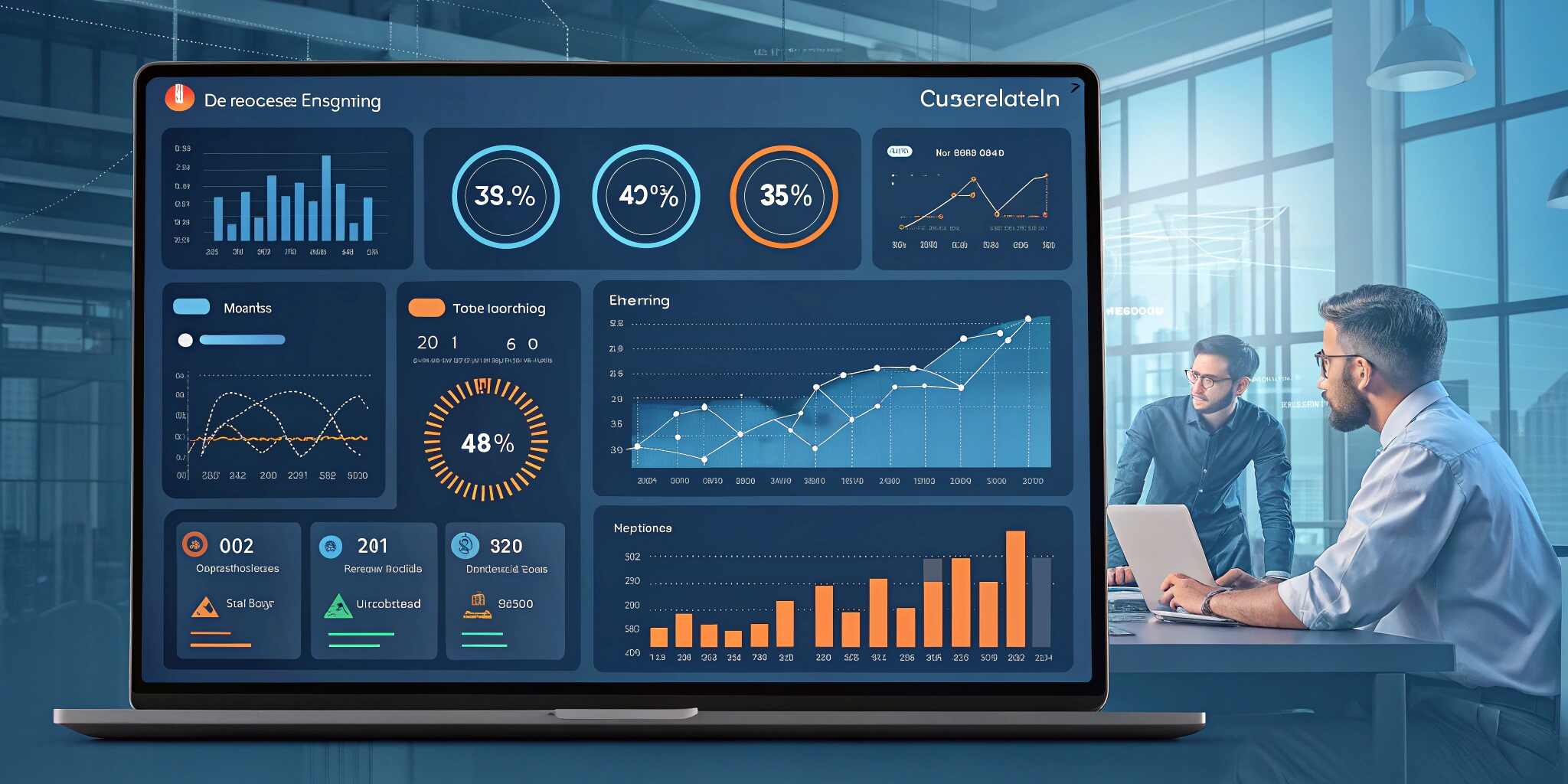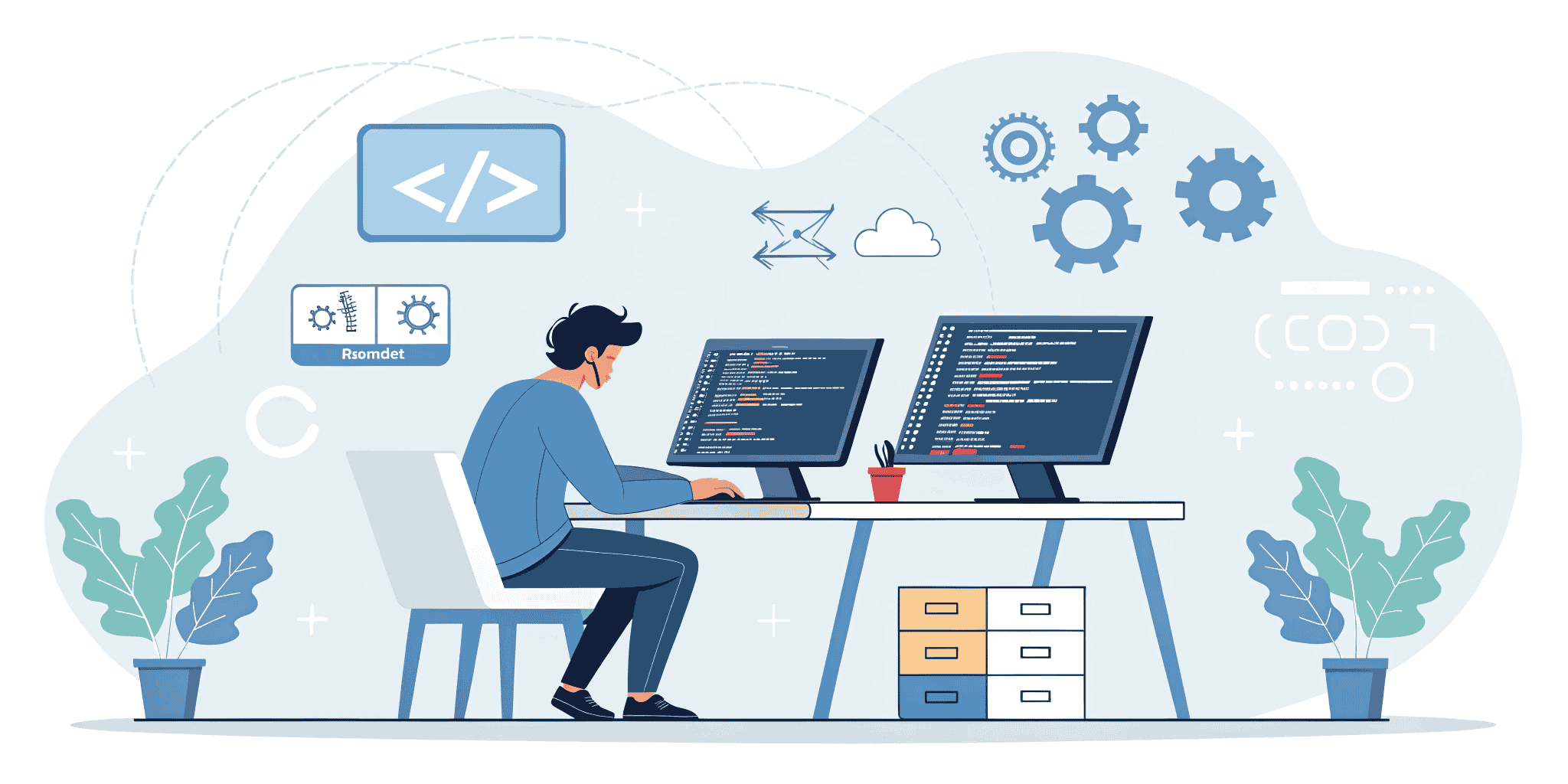Main Content:
In today's agile and DevOps-driven environments, traditional testing approaches fall short in delivering continuous quality at scale. Performance Engineering and Observability have emerged as essential TestOps pillars—empowering teams to build resilient, scalable systems with real-time insights into system behavior.
What is TestOps?
TestOps, a fusion of testing and operations, bridges the gap between development, QA, and operations. It ensures that testing is integrated into every phase of the CI/CD pipeline and that test data, infrastructure, and environments are continuously monitored and optimized.
Performance Engineering in TestOps
Unlike reactive performance testing, Performance Engineering is a proactive approach. It focuses on:
- Designing for performance from the early stages
- Identifying bottlenecks before they reach production
- Automating load, stress, and scalability tests
- Continuously evaluating system responsiveness under varying loads
By embedding performance metrics into the CI/CD process, developers can get early feedback and build more efficient applications.
Observability: The TestOps Superpower
Observability goes beyond traditional monitoring. It provides a holistic view of system health through:
- Metrics: Quantitative data (e.g., response times, memory usage)
- Logs: Detailed records for troubleshooting
- Traces: Insight into system flow and interdependencies
With real-time observability, QA and DevOps teams can quickly diagnose issues, understand root causes, and reduce MTTR (Mean Time to Resolution). Observability tools like Grafana, Prometheus, Datadog, and New Relic have become standard components in TestOps pipelines.
Benefits of Performance Engineering & Observability in TestOps
- Early detection of issues: Prevent production outages and performance degradation.
- Faster feedback cycles: Empower teams to iterate and release faster.
- Scalability: Ensure systems perform under growing workloads.
- Collaboration: Align QA, development, and operations with a shared understanding of system health.
Future of TestOps
As AI/ML, microservices, and edge computing evolve, so will the need for deeper observability and smarter performance automation. TestOps isn’t just about tools—it's about creating a culture of continuous quality.


